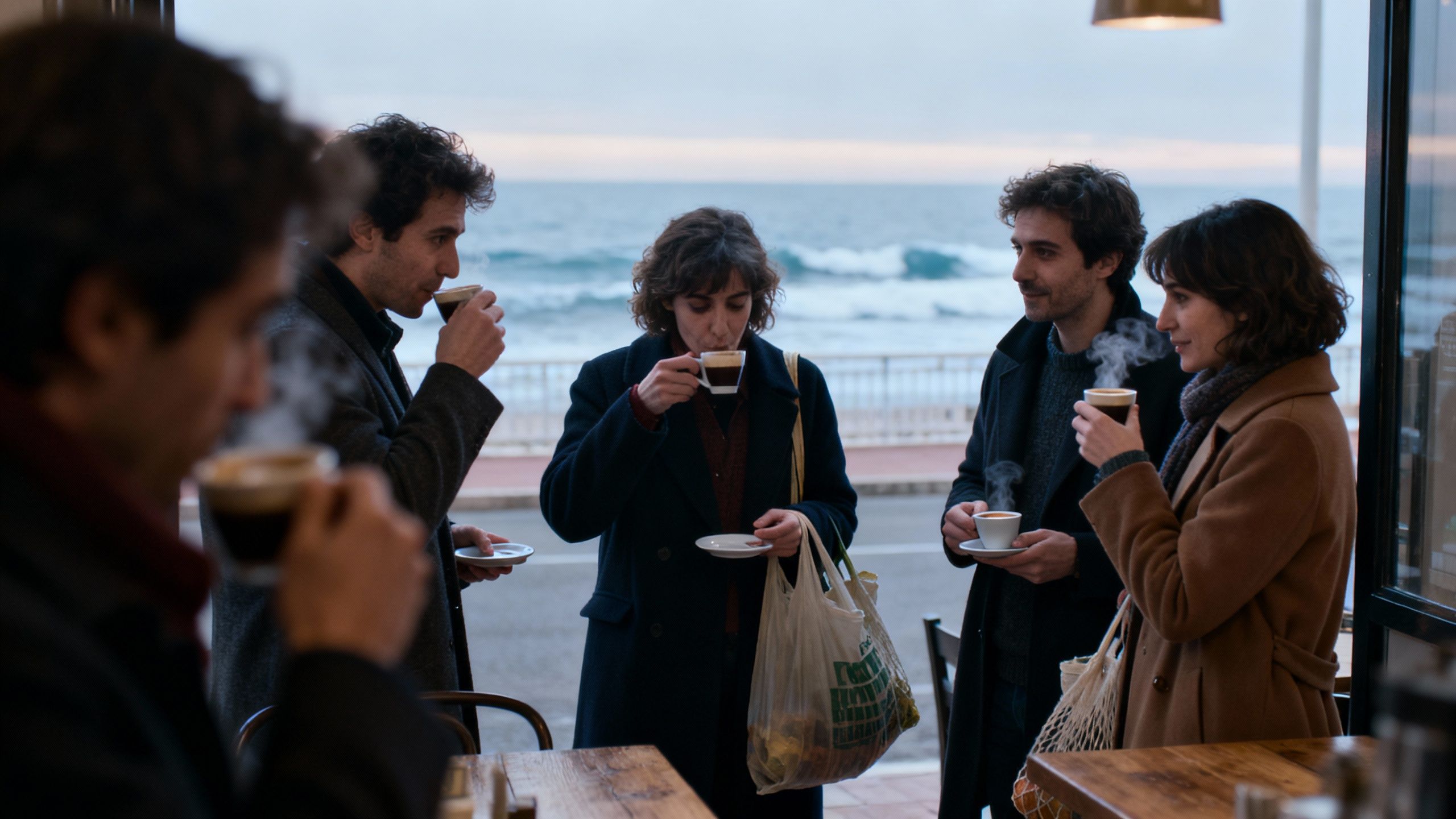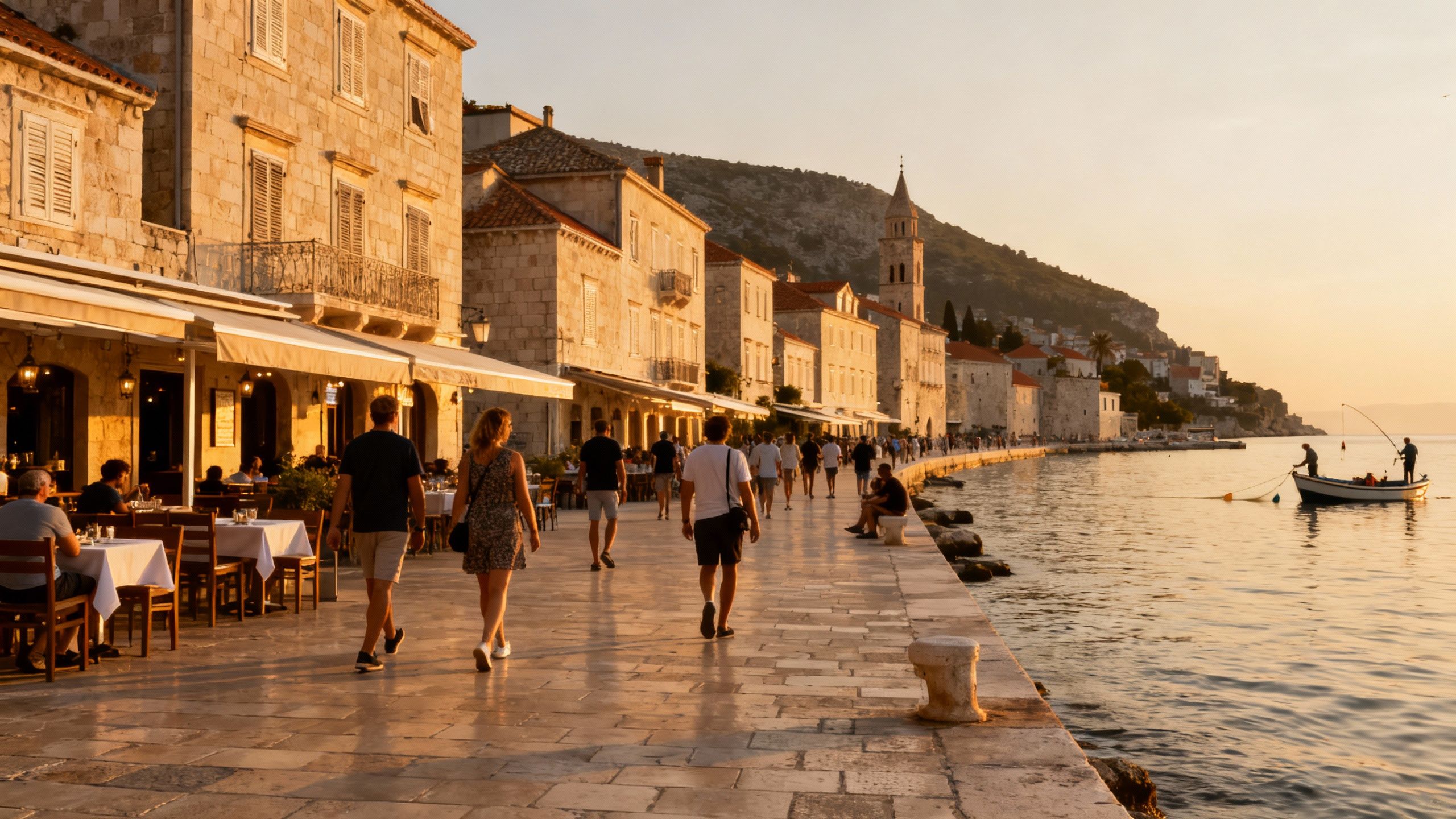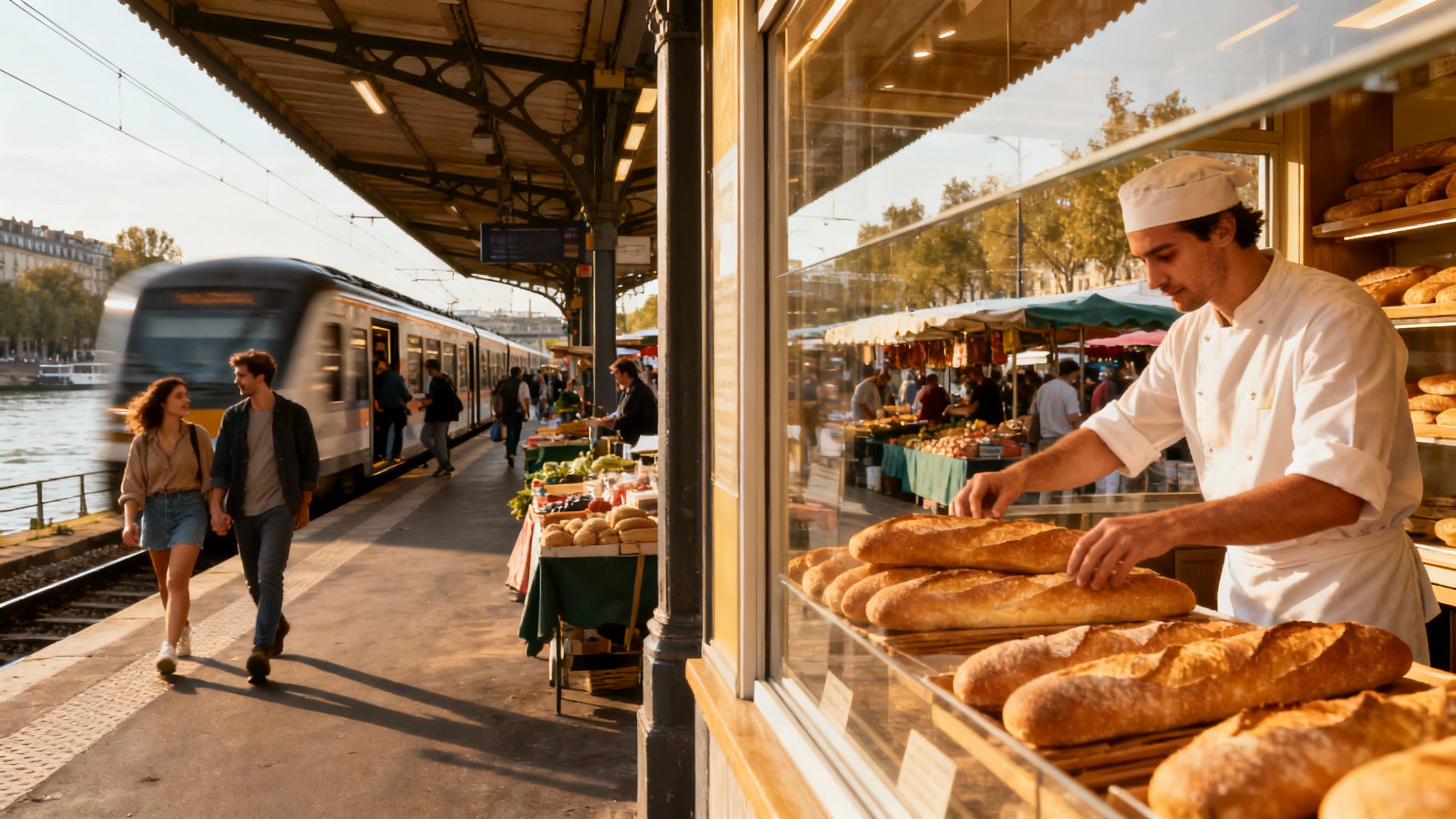Italy: Urban Life, Taxes and Practical Buying Steps
Experience Italy’s urban rhythms — markets, cafes, neighbourhood life — while planning for taxes, notary steps and local regulations. Practical steps and sources included.
Imagine waking on a narrow Roman street to the hiss of a cafe machine, or stepping onto a terrace in Milan where the city punctuates your view with slate roofs and tramlines. Italy rewards the everyday — markets that open at dawn, late dinners, neighbourhood rituals — but it also comes with rules, taxes and practical steps every international buyer must know. This review pairs the lived experience of Italy’s urban hubs with the legal and fiscal realities you will face when buying property.
Living the Italian Urban Life
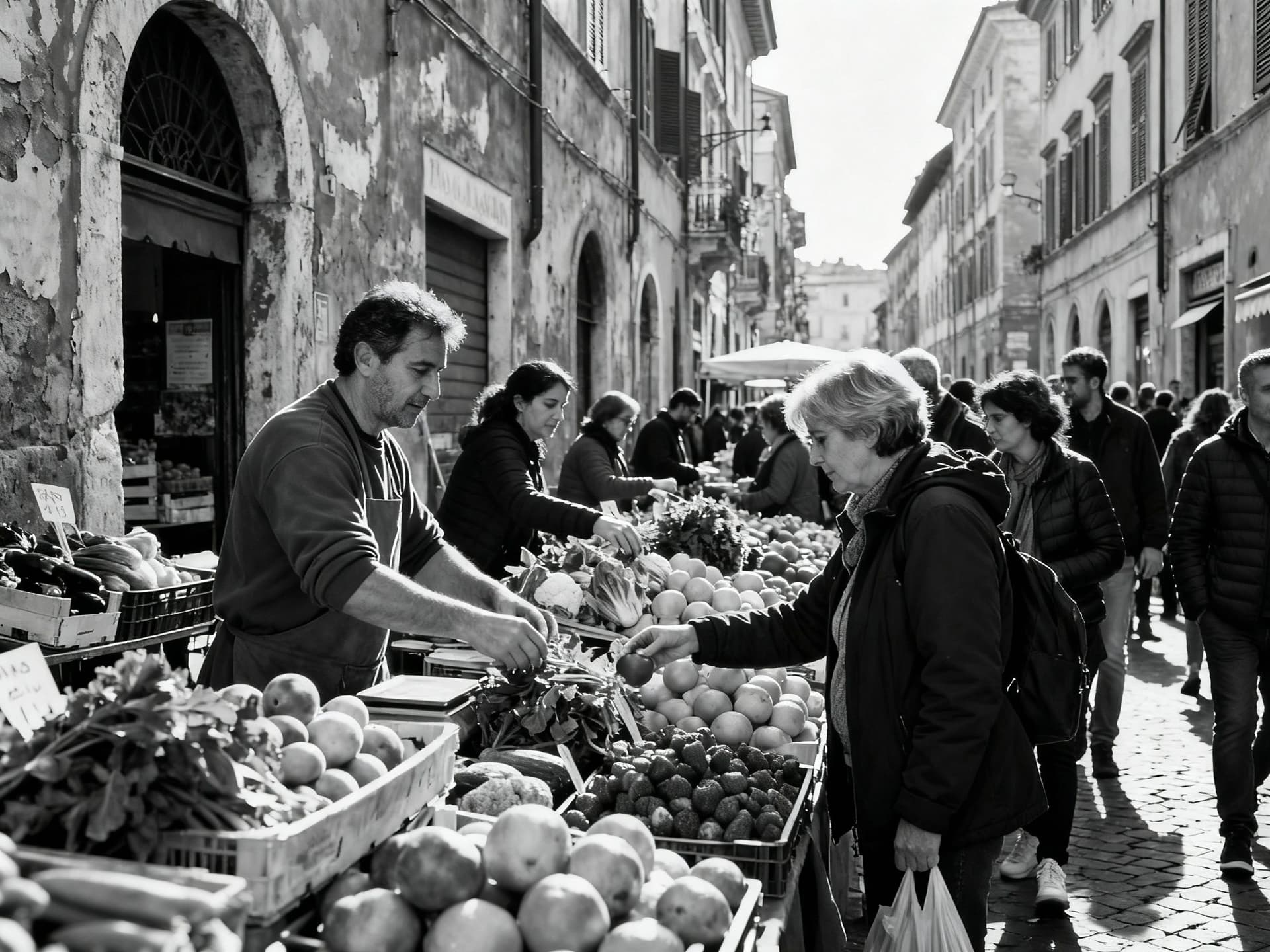
Italy’s cities move at variable speeds. In central Rome or Naples the past is visible at every corner; in Milan and Turin the rhythm is more work-oriented and design-forward. Daily life leans on local services: a morning espresso at the bar, an evening passeggiata, weekly markets that set the tempo for home cooking. Expect small streets, compact apartments, and public spaces that function as social infrastructure.
Signature neighbourhoods and where to start
Choose by texture: Trastevere in Rome for cobbled lanes and neighbourhood cafés; Navigli in Milan for canals and evening life; Centro Storico in Florence for museums and tight lanes; San Giovanni and Testaccio for more lived-in, local Rome. Each offers different trade-offs between tourist pressure, transport, and renovation complexity. Walk these areas at different times of day before committing — mornings show serviceability, evenings show noise and social life.
Food, markets and seasonality
Markets drive routines: Campo de' Fiori in Rome, Mercato Centrale in Florence, and the Mercato di Porta Palazzo in Turin are practical and cultural anchors. Seasonal rhythms matter — summers bring quieter city cores in some coastal towns and busy festival schedules inland. If you value fresh produce and neighbourhood commerce, factor proximity to a daily market into your property choice.
- Lifestyle highlights to test in person
- Morning espresso culture: sit at the bar in a local caffè and observe foot traffic
- Weekly market visit: evaluate product quality, crowd, and accessibility
- Evening passeggiata: test noise levels and neighbourhood safety after dark
Making the Move: Practical Considerations
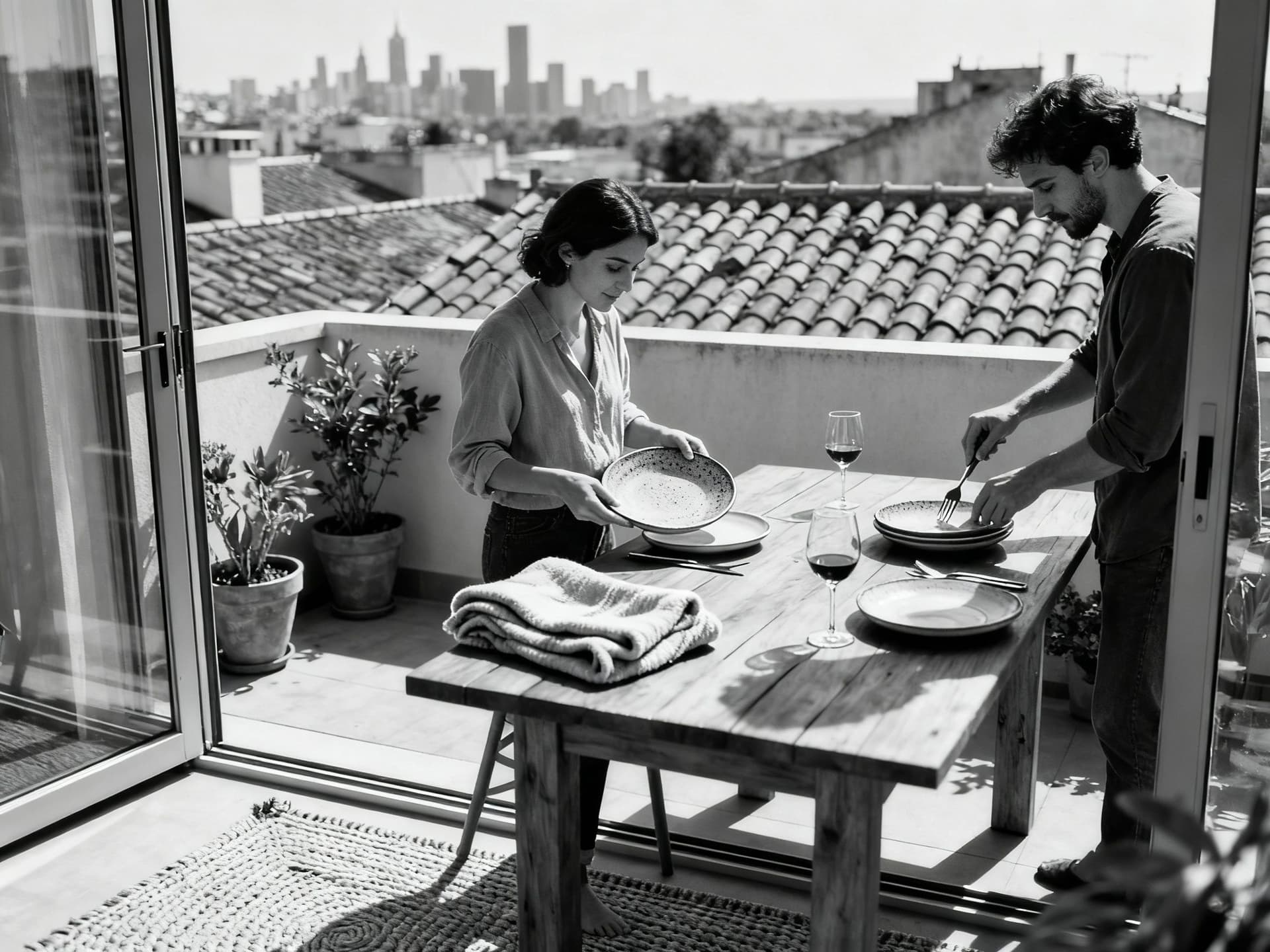
Your lifestyle preferences must align with legal and fiscal realities. Italian purchase taxes, notarial formalities and local building rules materially affect cost and timing. Read official guidance early: taxes differ if you buy from a private seller or developer, and first-home benefits can reduce upfront tax but carry residency conditions. Budget conservatively for fees, taxes and unexpected remedial works.
Property styles and how they shape daily life
Historic apartments deliver character but often need upgrades to plumbing, wiring and insulation; mid-century blocks in Milan offer larger rooms and easier renovations; new-builds give modern systems but are rarer in historic centres. Consider ceiling height, elevator access, and courtyard orientation — these determine daylight, noise and usable space. If remote work matters, prioritise reliable internet and a room that can function as an office.
Working with local experts
A local agent, a notary (notaio) and an English-speaking lawyer will reduce risk. Agents identify inventory and local comparables; notaries handle title transfer and registration; lawyers confirm urban planning status and liens. Ask agencies for references on recent transactions and insist on seeing energy certificates (APE), cadastral plans and any condominium minutes that reveal pending works.
- Step-by-step essentials before signing
- Obtain a Codice Fiscale and open an Italian bank account or arrange escrow via the notary.
- Commission technical checks: APE (energy), cadastral conformity, and any historic-building permissions.
- Negotiate deposit and preliminary contract (compromesso) with clear conditions for funding and due diligence.
Insider Knowledge: What Expats Wish They'd Known
Long-term demographics and local policy shape rental demand and resale potential. Italy’s population has been declining and ageing in recent data, a factor that affects long-term tenancy patterns and municipal services. For buyers focused on rental income, target university towns, central business districts and well-connected transport hubs where demand is less exposed to demographic decline.
Cultural integration and day-to-day practicalities
Language matters: a functional Italian makes bureaucracy and neighbourhood life easier. Social customs favour patience, relationship-building and local introductions. Small courtesies — learning basic phrases, registering at the anagrafe for residency where required, and attending a few local events — accelerate integration and reduce friction with neighbours and administrators.
Long-term lifestyle and property maintenance
- Key practical points for the long term
- Budget for IMU (property tax) and TARI (waste tax) on an ongoing basis; these vary by municipality.
- Plan for building maintenance and condominium reserves; older buildings often have deferred repairs.
- If renting, verify short-stay regulations — many municipalities limit short-term lets in central zones.
By balancing the sensory pleasures of Italian life — the market mornings, the midweek aperitivo, the slow Sundays — with clear legal and fiscal planning, you can convert aspiration into a durable, sustainable move. Start with a short reconnaissance trip, secure trusted local advisors, and budget for both visible and hidden costs. When well-advised, buyers find Italy’s urban centres offer a rare blend of daily pleasure and long-term value.
Swedish expat who moved from Stockholm to Marbella in 2018. Specializes in cross-border legal navigation and residency considerations for Scandinavian buyers.
